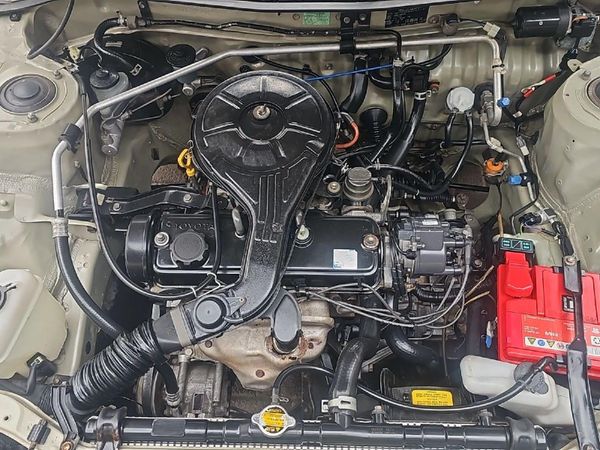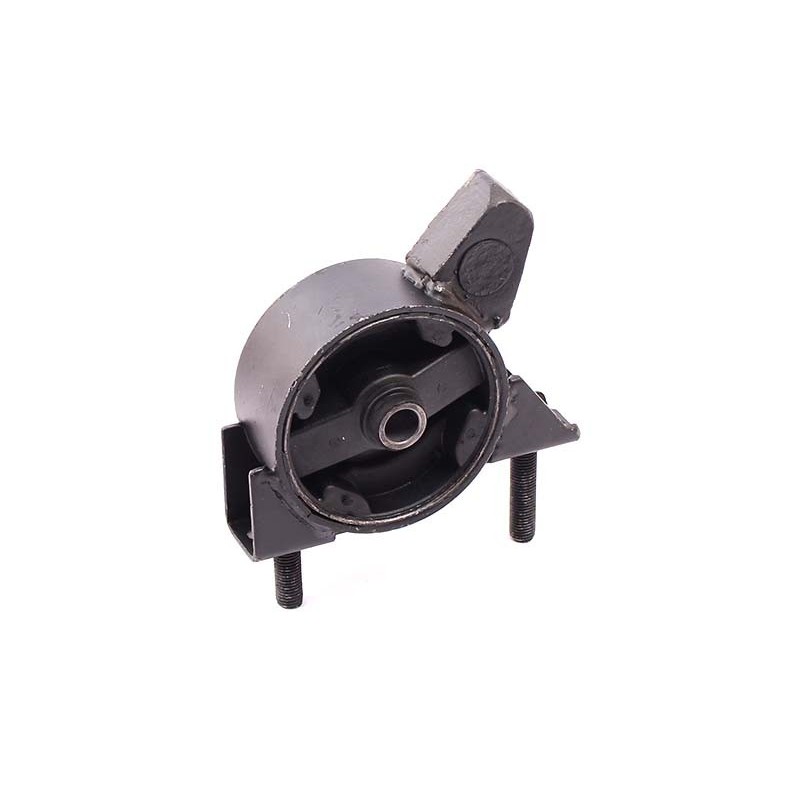Toyota Tazz: A Comprehensive Review of Performance and Comfort
Toyota Tazz: A Comprehensive Review of Performance and Comfort
Blog Article
Check Out the Most Current Trends in Engine Modern Technology Via Tazz
In the rapidly progressing landscape of automotive innovation, Tazz stands at the center, highlighting considerable advancements in engine systems that focus on both innovation and sustainability. tazz. From crossbreed engines that enhance gas efficiency to the introduction of hydrogen fuel cells, the trends forming contemporary powertrains are not only improving performance yet additionally dealing with important environmental challenges. As the market proceeds to press limits, it is vital to take into consideration exactly how these growths will certainly influence future transportation options and the broader implications for international energy consumption. What lies in advance in this essential makeover?
Crossbreed Engine Innovations
Crossbreed engine developments represent a crucial change in vehicle innovation, integrating the advantages of inner combustion engines with electrical propulsion systems. This combination not just enhances gas performance yet likewise lowers discharges, conference progressively rigid ecological laws. By utilizing both power resources, hybrid engines can optimize efficiency, providing power when required while conserving gas during less requiring driving conditions.
Recent innovations in crossbreed technology include improvements in battery performance and regenerative braking systems. These innovations permit higher power recovery during slowdown, which can be redirected to aid in velocity or power auxiliary systems. Manufacturers are concentrating on light-weight materials and small styles to take full advantage of the effectiveness of crossbreed powertrains.
The development of plug-in crossbreeds has actually additionally increased the market, enabling motorists to charge their lorries making use of basic electric outlets. This function usually permits for considerable all-electric range, additional decreasing dependancy on conventional fuels. tazz. As the automotive sector remains to progress, hybrid engine innovations are expected to play a critical role in linking the void between conventional automobiles and completely electrical designs, offering a transitional service that caters to diverse consumer requirements and preferences
Breakthroughs in Electric Powertrains
The auto landscape is swiftly developing, with electric powertrains arising as a leading force in sustainable transport. Advancements in electric automobile (EV) innovation are substantially enhancing customer, performance, and performance experience. Trick technologies include renovations in battery chemistry, which have raised power thickness, reduced billing times, and extended overall battery life.
Solid-state batteries, as an example, guarantee to transform the marketplace by offering greater safety and security and effectiveness compared to conventional lithium-ion cells. Moreover, innovations in regenerative braking systems are making it possible for lorries to recoup power throughout slowdown, adding to total efficiency.
In addition to battery technology, electrical motor layouts are coming to be much more advanced. Innovations such as incorporated motors and advanced thermal monitoring systems are aiding to maximize power shipment and reduce weight, eventually boosting car dynamics.

Collectively, these breakthroughs underscore the dedication to transition towards cleaner, a lot more effective transportation solutions, positioning electric powertrains at the leading edge of auto advancement.
The Rise of Hydrogen Fuel Cells
Progressively, hydrogen gas cells are obtaining grip as a feasible alternative to conventional inner combustion engines and battery electrical lorries. This innovation uses the chemical energy kept in hydrogen, converting it right into electricity through an electrochemical reaction with oxygen. The primary result of this procedure is water, making hydrogen gas cells an eco-friendly option with no discharges at the tailpipe.

Automakers are significantly investing in hydrogen fuel cell modern technology, identifying its potential for long-range applications and rapid refueling abilities that match standard fuels. Additionally, fields such as durable transport and public transportation are particularly well-suited for hydrogen gas cells, where battery electrical solutions may fail due to weight and array constraints.
As research study and investment proceed to expand, hydrogen gas cells are positioned to play a considerable role in the future landscape of clean transport and power options.
Enhancements in Internal Burning Engines
Technologies in interior burning engine (ICE) innovation are changing standard vehicles to fulfill modern ecological requirements and efficiency assumptions. Straight fuel shot, for instance, permits for better atomization of gas, leading to more full burning and enhanced power output.
Furthermore, turbocharging has obtained prominence, allowing smaller sized engines to provide greater performance without the weight of bigger engines - tazz. This technology not only enhances effectiveness but additionally adds to reduce gas consumption. Variable valve timing systems are likewise being fine-tuned, enabling engines to adjust to different driving conditions for enhanced torque and responsiveness
Additionally, the use of light-weight materials in engine construction is ending up being basic, additional enhancing fuel efficiency by lowering total vehicle weight. Engine control devices (ECUs) are progressively sophisticated, enabling real-time changes that optimize performance and exhausts.
These improvements collectively represent a crucial shift in ICE innovation, aligning with global sustainability objectives while still offering the performance drivers anticipate from their lorries. As the sector develops, these renovations remain to useful source form the future of standard vehicle engineering.
Future Trends in Engine Performance
Significant improvements in engine efficiency are expected as producers concentrate on incorporating cutting-edge innovations to meet rigid ecological policies and consumer needs. The change towards electrification, crossbreed systems, and alternate fuels is reshaping the automobile landscape, driving developments that improve gas economic climate and minimize discharges.
Among the crucial trends is the execution of innovative materials and producing strategies. High-strength alloys and lightweight composites contribute to lowered vehicle weight, therefore boosting total effectiveness. Furthermore, the adoption of turbocharging and variable valve timing modern technologies permits for enhanced power outcome from smaller engines, further improving fuel economic climate.

Conclusion
Innovations in crossbreed engine systems, electric powertrains, and hydrogen gas cells show a dedication to minimizing discharges while enhancing efficiency. Enhancements in inner burning engines and a focus on lightweight materials contribute to total engine performance.
From hybrid engines that optimize fuel efficiency to the development of hydrogen gas cells, the trends forming modern-day powertrains are not just improving efficiency yet likewise resolving crucial environmental obstacles.Hybrid important link engine advancements stand for an essential shift in automobile modern technology, integrating the benefits of internal burning engines with electrical propulsion systems.Furthermore, turbocharging has actually acquired prestige, permitting smaller sized engines to provide higher efficiency without the weight of larger engines. Furthermore, the fostering of turbocharging and variable shutoff timing innovations allows for improved power output from smaller engines, further improving fuel economic situation.
Renovations in internal combustion engines and a focus on light-weight products add to total engine performance.
Report this page